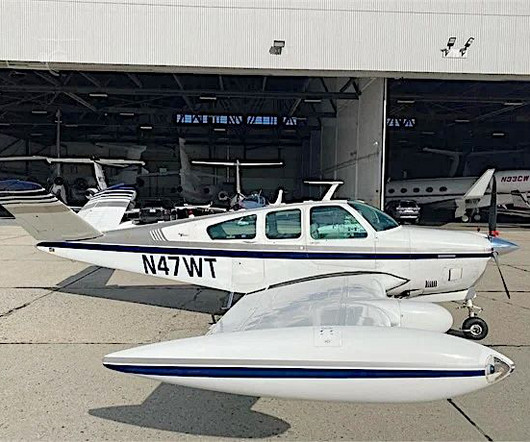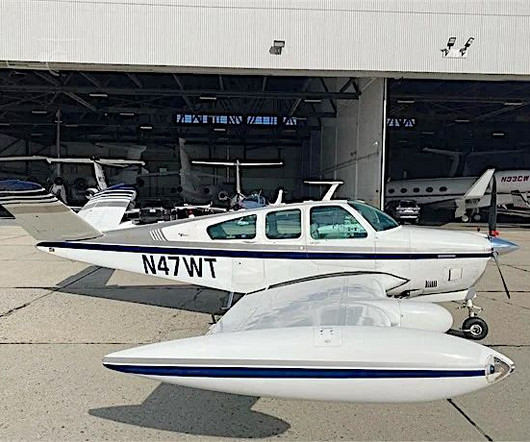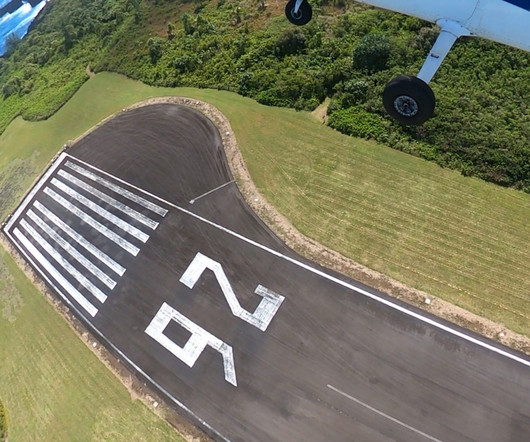Blog: V-Tail Myths And The Truth, As We Know It, So Far
AV Web
MAY 22, 2024
This is often the result of the aircraft picking up excessive airspeed as a result of pilot disorientation in instrument meteorological conditions (IMC), followed by an abrupt pitch-up after exiting the bottom of the cloud. The Bonanza then initiated a climb, apparently cleared to 9,000 feet, but topping at close to 10,000 feet.












Let's personalize your content